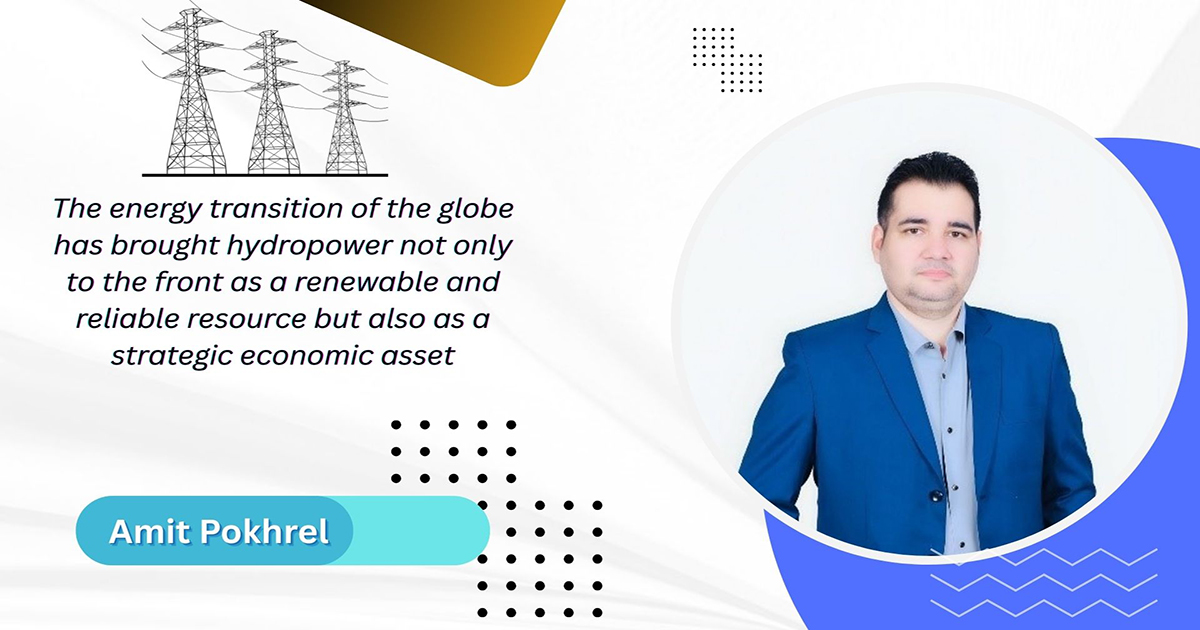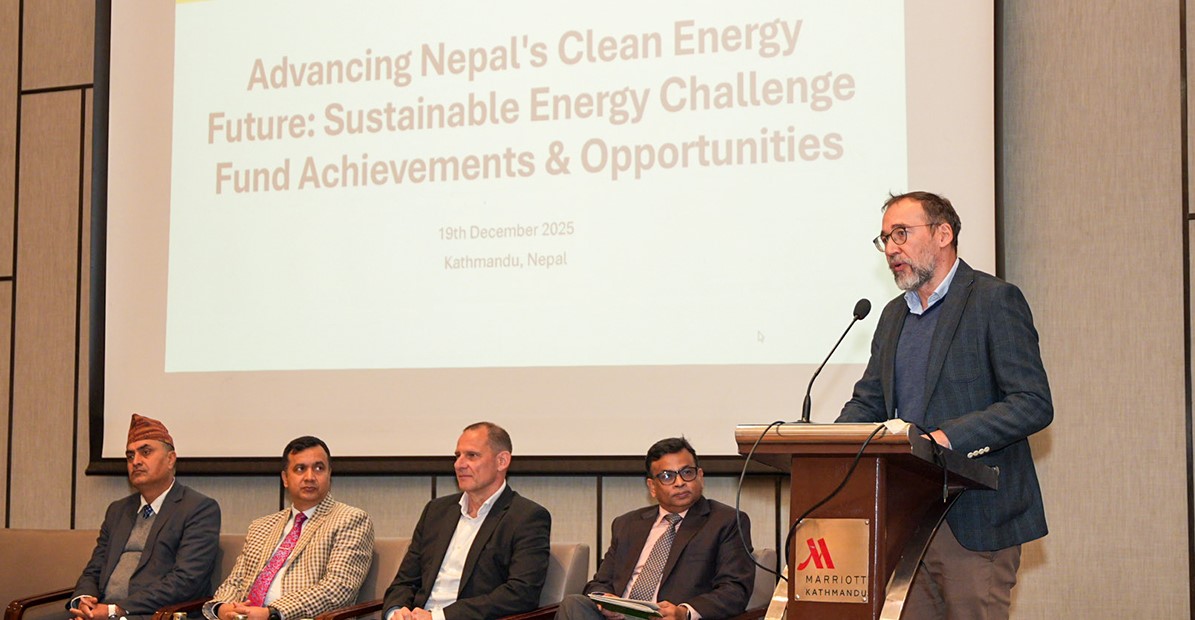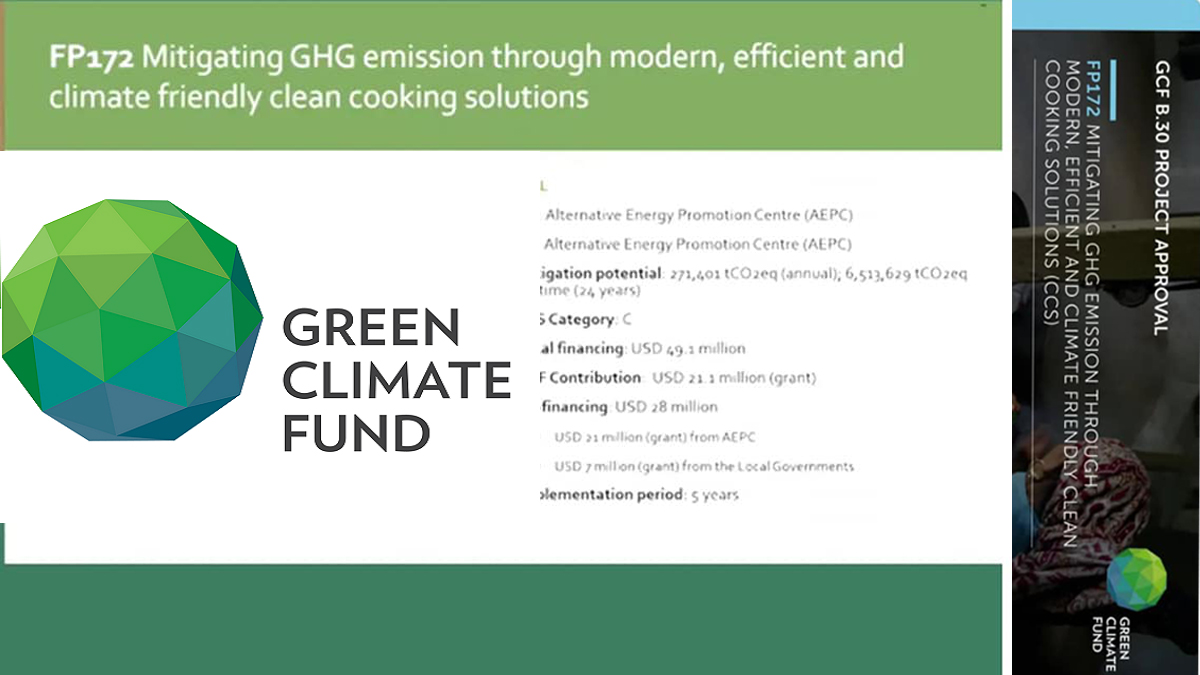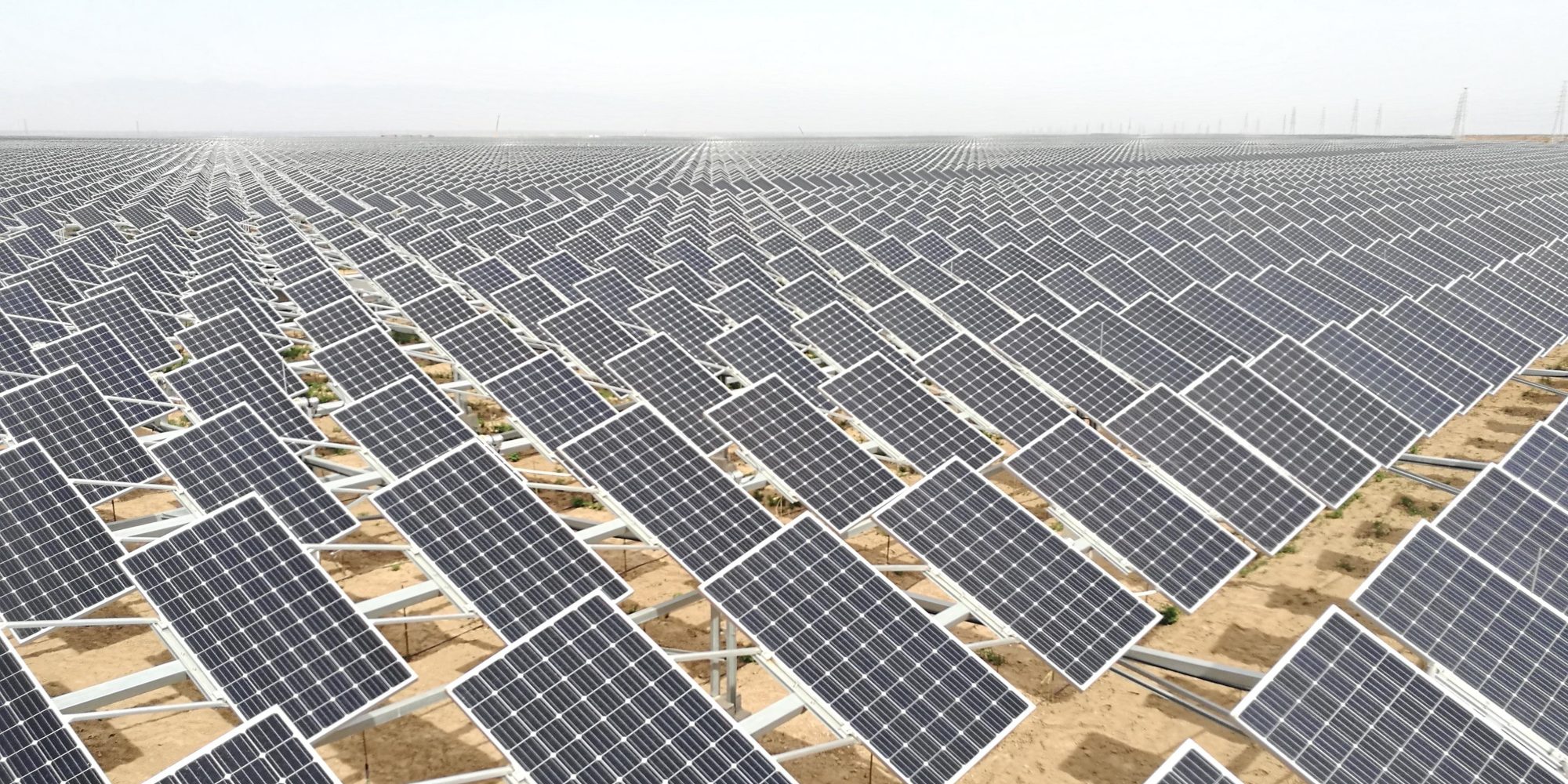Energy Update
Govt expresses its top priority to solar power generation to boost the mixed energy sources
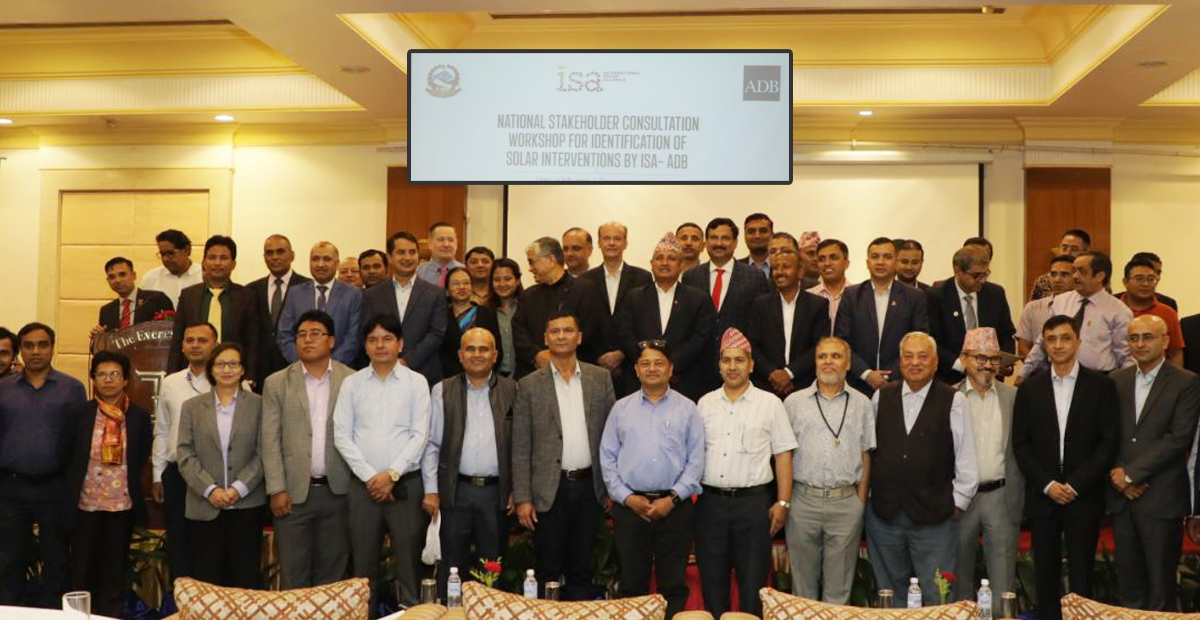
Kathmandu; The government has announced giving high priority to develop solar electricity, aiming to meet the target of mixed energy development.
In a workshop jointly organized by the Asian Development Bank (ADB) and the International Solar Alliance (ISA) on Sunday, the government expressed its commitment in the line. Dinesh Kumar Ghimire, secretary of the Ministry of Energy, Water Resources and Irrigation (MoEWRI), said Nepal should no longer rely only on hydropower in the changing scenario.

The Sunday program was organized in support and coordination of the MoEWRI. “The time has changed now. It is necessary to take forward the solar power development also due to having lower cost of production and higher feasibility,” he added.
Referring to increasing challenges in hydroelectric power mainly due to floods and landslides, the effect of climate change, declining water flow in rivers and streams and fast melting of the glaciers, Ghimire said it is now risky to depend only on a single source of electricity generation.

The government has planned to produce 15,000 MW of electricity in the next one decade. Out of the target, the government has adopted a strategy to make a 10 percent contribution of renewable energy sources in total energy production. “However, we should not have to stick to this figure,” Ghimire added.
The program coordinator and joint-secretary of the MoEWRI Madhu Prasad Bhetuwal said that renewable energy sources account for about 6 percent of the total installed capacity so far. “Now we need to expand its contribution. For this purpose, the government is expanding the scope of solar power generation by carrying out a feasibility study of roof top solar and other potential areas," he said. “With an increasing coordination of the government, it seems that the private sectors are likely to show their significant presence in this sector."
According to the ISA more than 116 countries have joined the alliance as of now. Ramesh Kumar Kuruppath, program chief of the ISA, expressed his belief that Nepal will be able to expand the range of solar power generation, and can also achieve significant progress in the development of capacity and technology with support of the ISA and the ADB. "I believe that the Government of Nepal will support this sector and the private sector can come to develop large-scale projects in terms of investment resources.”
The involvement of private sector companies in solar power projects is expected to generate a larger number of job opportunities. According to the ISA, the private sectors can be attracted to the sector if concessions are provided through the Viability Gap Funding (VGF).
Speaking at the event, representative from the ADB Jan Hansen said as solar power plays an important role in reducing carbon emissions; its development is inevitable even in order to meet the goal of zero carbon emissions. "Solar power can provide significant support to Nepal's hydropower system and ensure sustainable and reliable power supply," Hansen said. "ADB can continue to provide technical assistance and exchange experience in potential solar projects in Nepal."
Energy expert and former Executive Director of Alternative Energy Promotion Center, Dr. Ram Prasad Dhital said this type of program can help expand the area of solar power generation in Nepal. According to him, the private sectors are willing to join solar power projects in a way they are highly encouraged now to invest in hydropower development.
According to the MoEWRI, so far 2000 kilowatts of solar power has been produced and connected to the mini grid system. Similarly, more than 10,000 roof top solar system have been installed. So far, 70 MW of solar power has been connected to the national grid, 133 MW of projects are under construction, and 1,244 MW worth projects have received survey licenses. The ministry claims that the solar power production will be much extended within the next 2-3 years.
The program was focused on the discussions over the possibilities and opportunities of solar power development, especially on policy and regulation, institutional development and capacity building, technical and feasible projects and financial and implementation frameworks. In the next two days, the ISA team is scheduled to discuss with the ministries and stakeholders to decide the future course of action.
Conversation
- Info. Dept. Reg. No. : 254/073/74
- Telephone : +977-1-5321303
- Email : [email protected]






